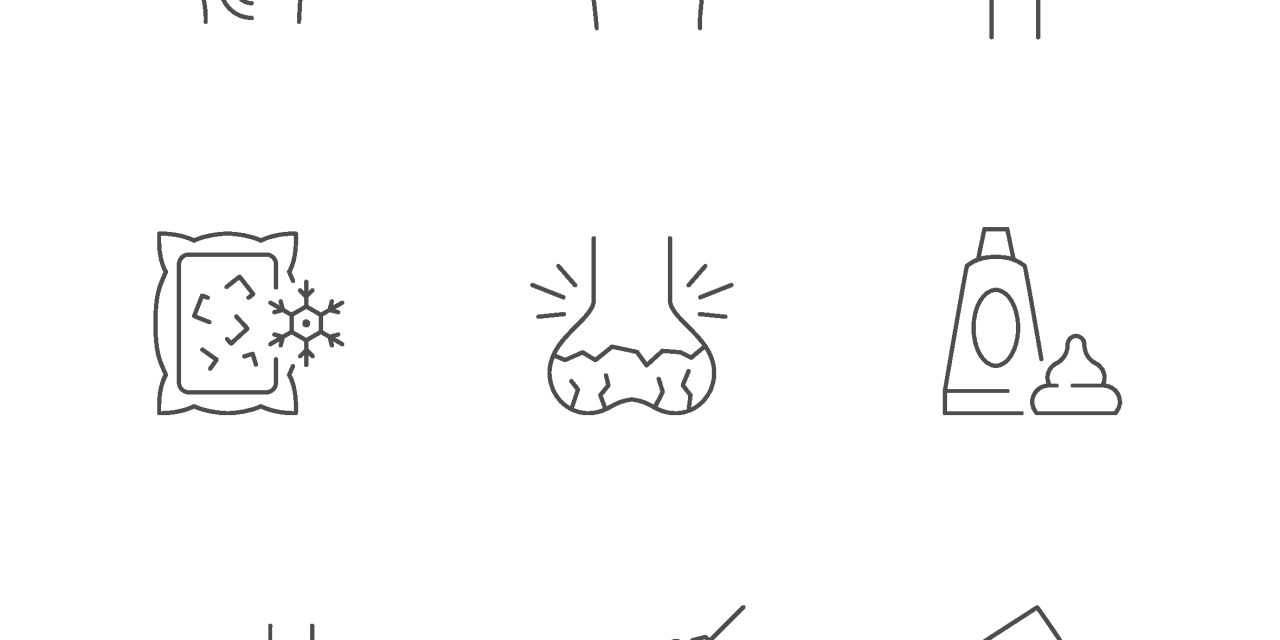To describe the characteristics and medication treatment patterns, healthcare resource utilization (HRU), and associated costs in Japanese patients with systemic lupus erythematosus (SLE). Claims data from the Japan Medical Data Center database were used to identify patients with SLE-related claims from 2010 to 2017. Algorithms were developed to retrospectively categorize patients by disease severity, treatment experience, and SLE-related manifestations such as lupus nephritis and central nervous system lupus. Descriptive and multivariate analyses were used to describe treatment pattern and estimate HRU and associated costs for the SLE cohort overall and by disease severity and complications. Among 4,733 eligible patients, 2,072 (43.8%) were treatment naïve, 2,214 (46.8%) were previously treated for SLE, and 447 (9.4%) did not receive any treatment. Mean (SD) age of the total SLE cohort was 45.2 (13.1) years and mean (SD) follow-up duration was 1,137.3 (758.0) days. Based on disease severity, 1,383 (29.2%) patients had mild, 2,619 (55.3%) patients had moderate, and 731 (15.4%) patients had severe SLE. Patients on glucocorticoids (both oral and parenteral) received add-on medications the most (35.5%, < 0.001). Mean annual cost per SLE patient in the post-index period, inclusive of hospitalizations, outpatient visits, and pharmacy was ¥436,836; ¥1,010,772; and ¥2,136,780 for patients with mild, moderate, and severe SLE, respectively. The database only captured information on patients up to 75 years of age. Due to the nature of the database, biases regarding conditions that attribute to the spectrum of SLE severity, flare incidences, or individual physical status cannot be ruled out. This study describes the treatment patterns and economic burden experienced by Japanese patients with SLE. The results highlight an unmet need to derive better treatment strategies for patients with SLE to effectively address the disease burden in Japan.
Treatment pattern and medical cost of systemic lupus erythematosus patients in Japan: A retrospective claims database study.


